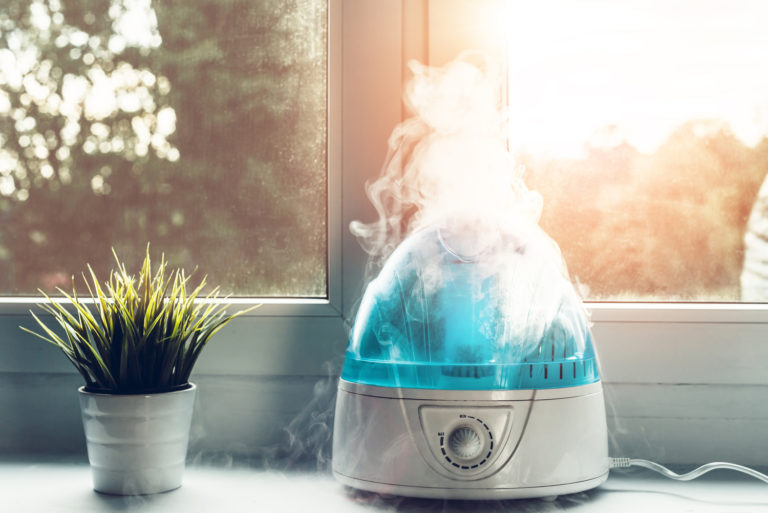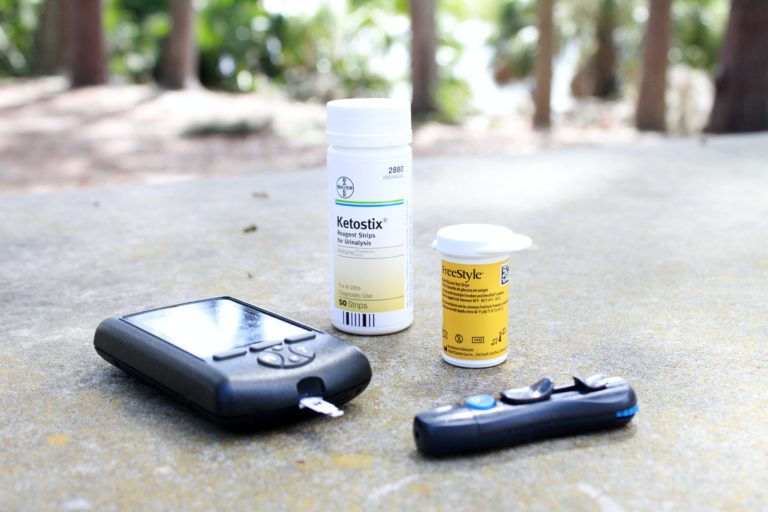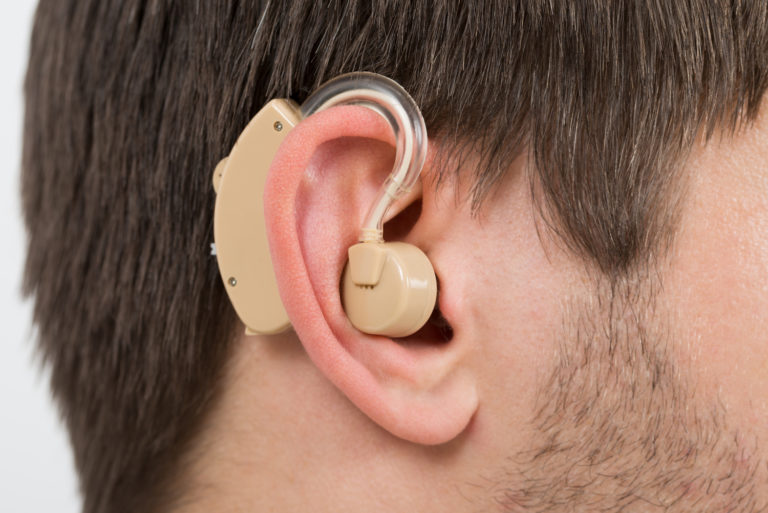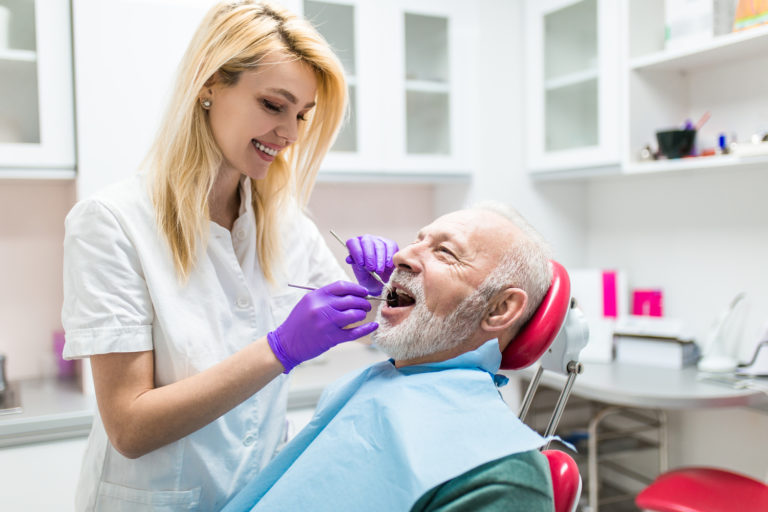You become eligible for Medicare once you turn 65. Medicare plans are broken into multiple parts, and it is important to understand the basics before you sign up, as making the wrong choice can prove to be expensive later.
To start, let’s take a look at the options out there:
Original Medical comprises Part A & Part B.
- Part A: Covers hospital care, skilled nursing, hospice, and home health care up to a certain extent.
- Part B: Covers doctor visits, preventive care, outpatient care and hospitals, home health care up to a certain extent.
- Part C: Also known as the Medicare Advantage plan is offered by private companies and includes all Part A and Part B benefits. Some of the plans include vision, dental and hearing, and Part D drug coverage.
- Part D: Covers prescription drugs.
Part A is free if you or your spouse have at least ten years of Social Security work history. It can cost up to $413 per month if you don’t have the requisite work credits.
In addition to original Medicare (Parts A and B), most people opt for a Medigap plan from the ten choices available to cover out-of-pocket costs. This supplemental policy is offered by private insurers and costs vary considerably. They help you pay for what Medicare doesn’t.
Medicare Advantage plans have low or no monthly premiums, but you’ll have access to fewer doctors and hospitals.
Most people find themselves with two choices – sign up for original Medicare or a Medicare Advantage plan (Part C). Keep in mind that both options include deductibles, copays, and coinsurance – where beneficiaries pay a percentage of the bill.
If you’re relatively healthy, a Medicare Advantage plan may be cheaper, and possibly your best option if you absolutely can’t afford a Medigap supplement. That said, those who can afford it may want to choose traditional Medicare with a supplement because it provides access to top specialists.
No matter what your retirement age, you can sign up the three months before your birthday, during your birth month, or in the three months after it. Even if you’re still working, it is crucial to sign up during these seven months, or you may face a long-term penalty.






